
Context to the creation of Forillon National Park
Forillon National Park
Forillon National Park was created in a particular context. In 1970, Forillon National Park, the first national park of the Canadian network in Quebec, was created to ensure the preservation of a representative territory of the natural terrestrial region of the Notre-Dame and Megantic mountains, and of certain elements of the natural marine regions of the Laurentian Channel and the Bancs Madeleine.
That same year, at the request of Parks Canada, the land was expropriated by the Province of Quebec and transferred to the federal government to establish the national park.
Some 225 families had to leave their properties and nearly 1,200 landowners lost their woodlots and varying amounts of cultivated land. The Mi'gmaq lost free access to their territory. Parks Canada recognizes that many families were greatly affected by this expropriation, which caused great disruption to the family, economic and social lives of these residents and the community. The main sectors expropriated at the time were Cap-des-Rosiers, L'Anse-au-Griffon, Ship Head, Grande-Grave, Rivière-Morris and Penouille.
A duty to remember
Much progress has been made since the park was created. Decades ago, we would never have believed possible the spirit of collaboration that characterizes today the actions undertaken in Forillon.
By seeking reconciliation, over the years Forillon National Park has developed a constructive relationship with the Association of Persons Expropriated from Forillon and their Descendants. The group has been consulted at various strategic moments and several of their requests have been met so far.
For more than fifteen years, Parks Canada has been working closely with the Association to tell and commemorate the expropriated people's story.
Key achievements include:
Cap-des-Rosiers
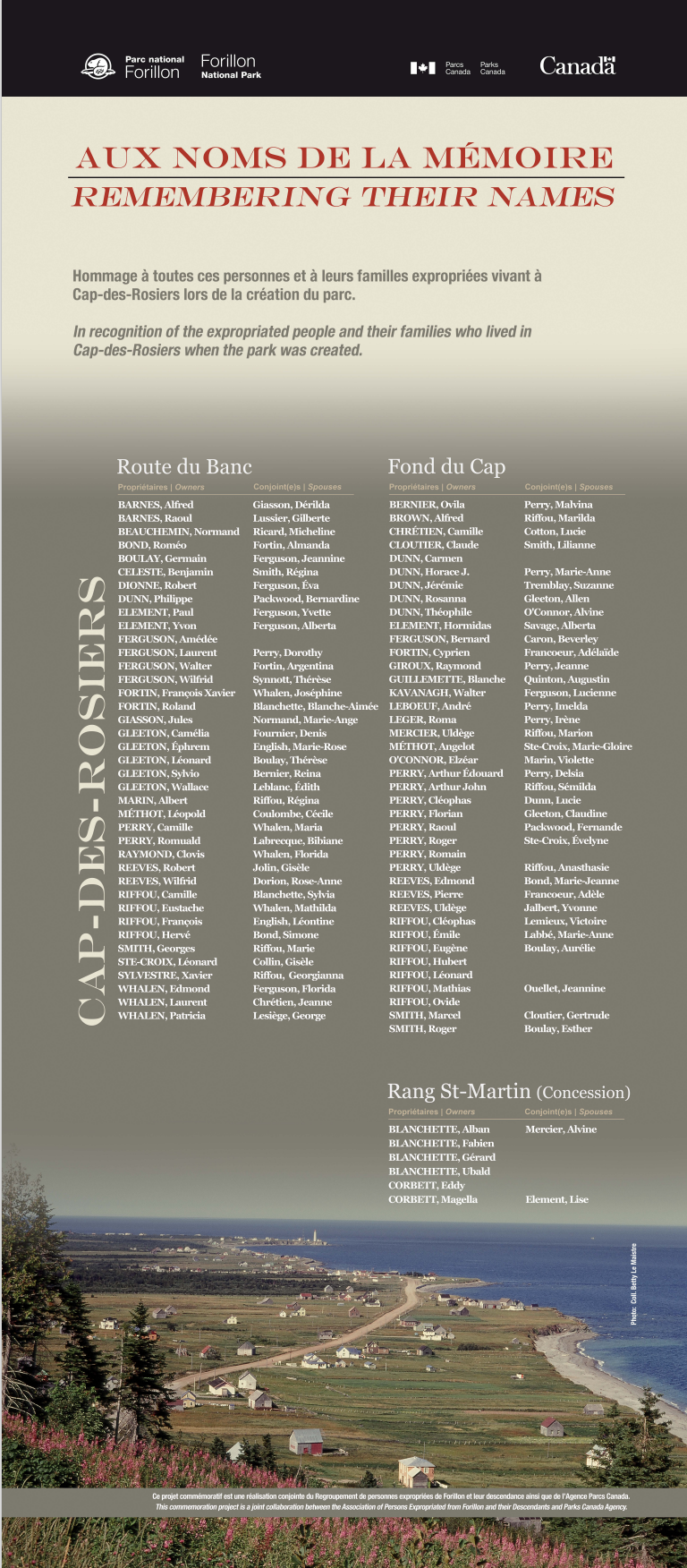
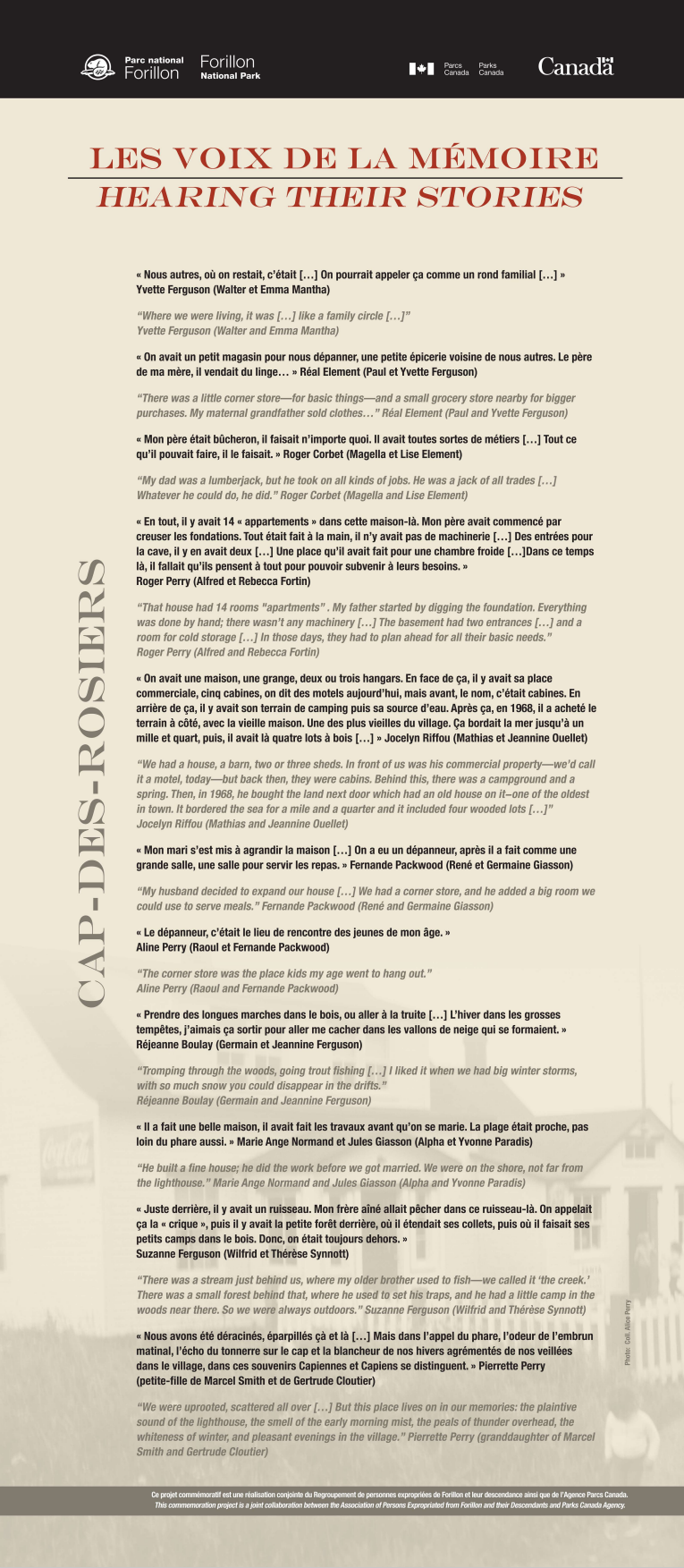
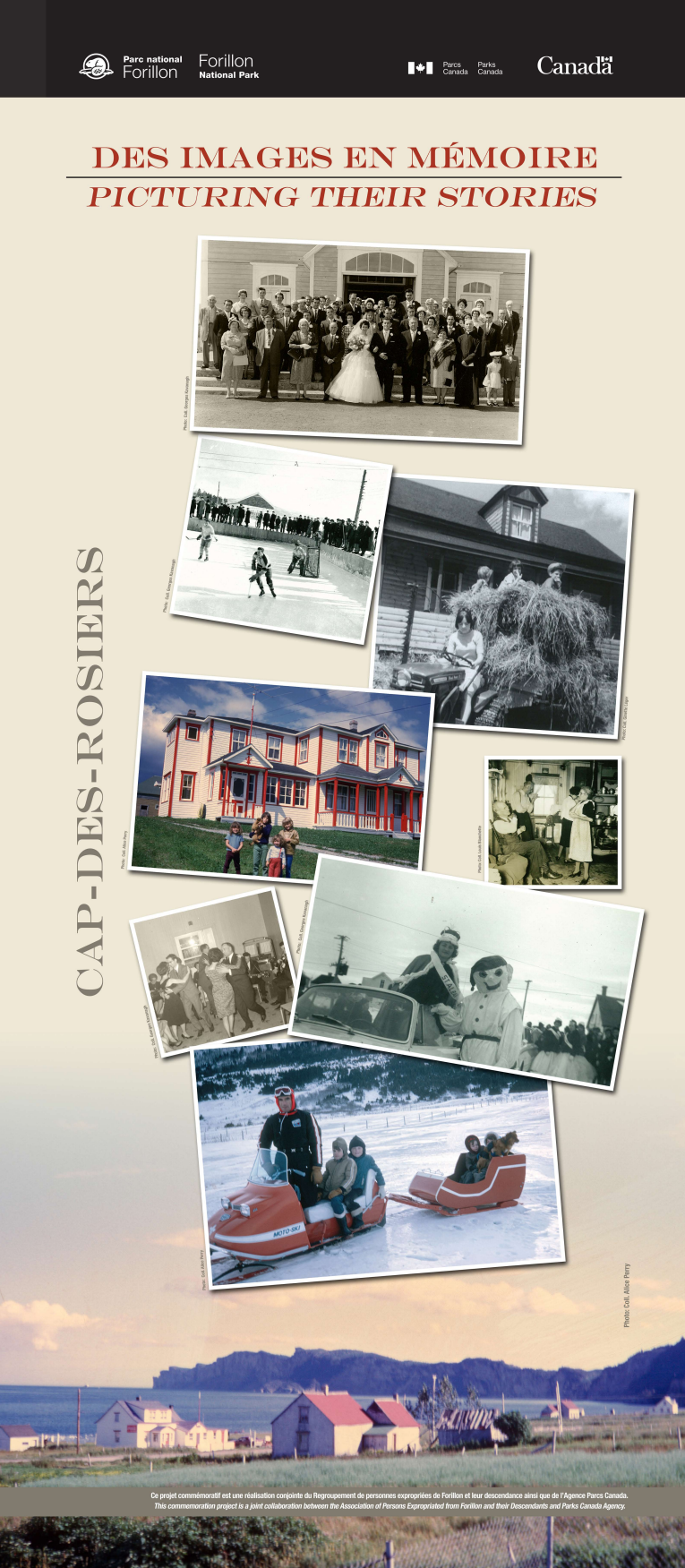
L'Anse-au-Griffon

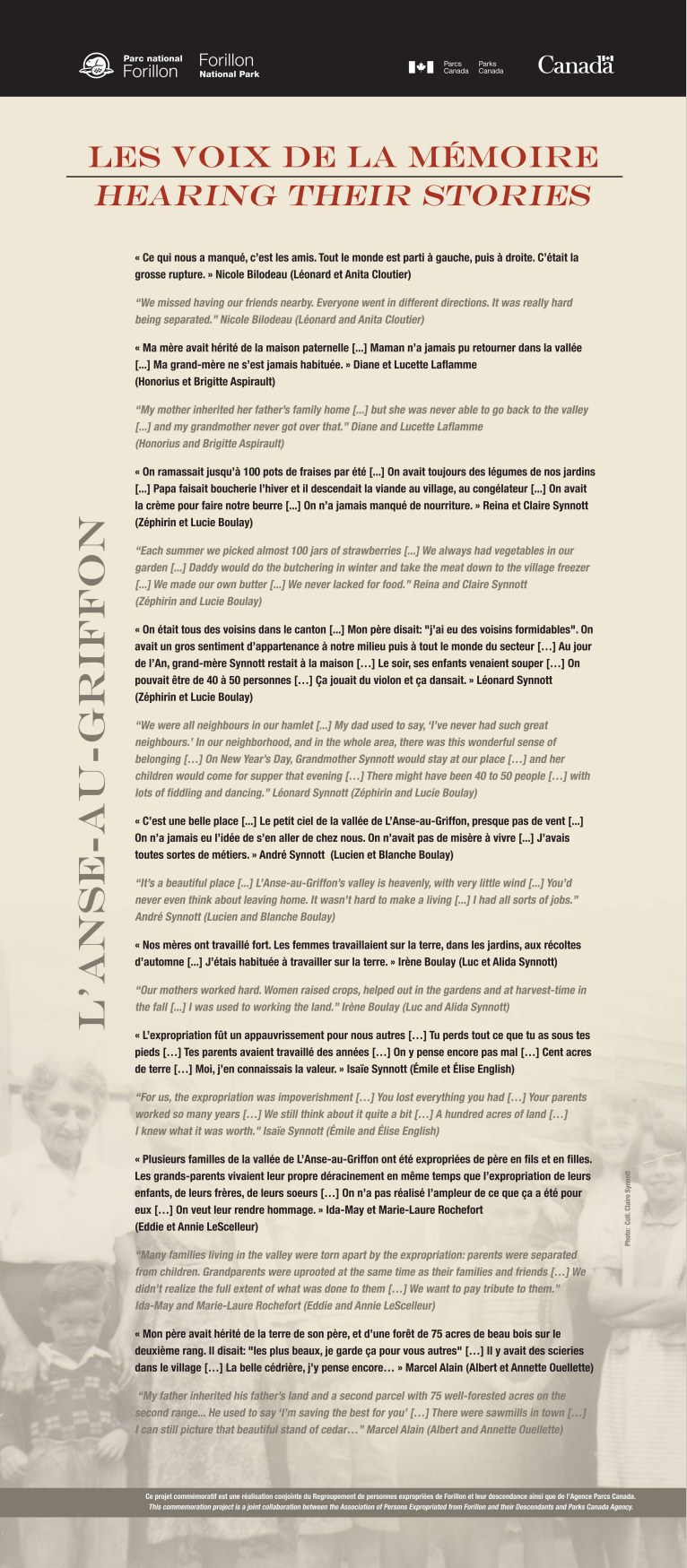
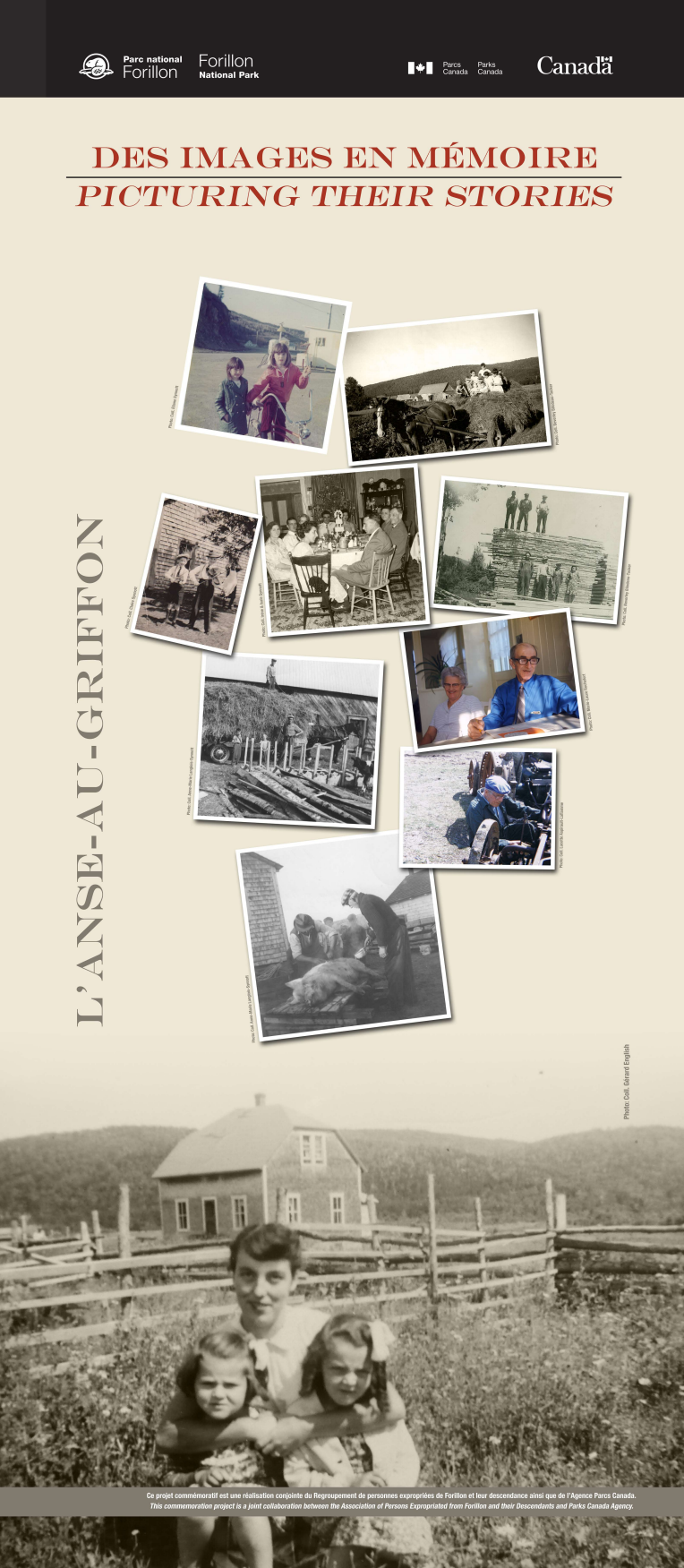
Ship Head

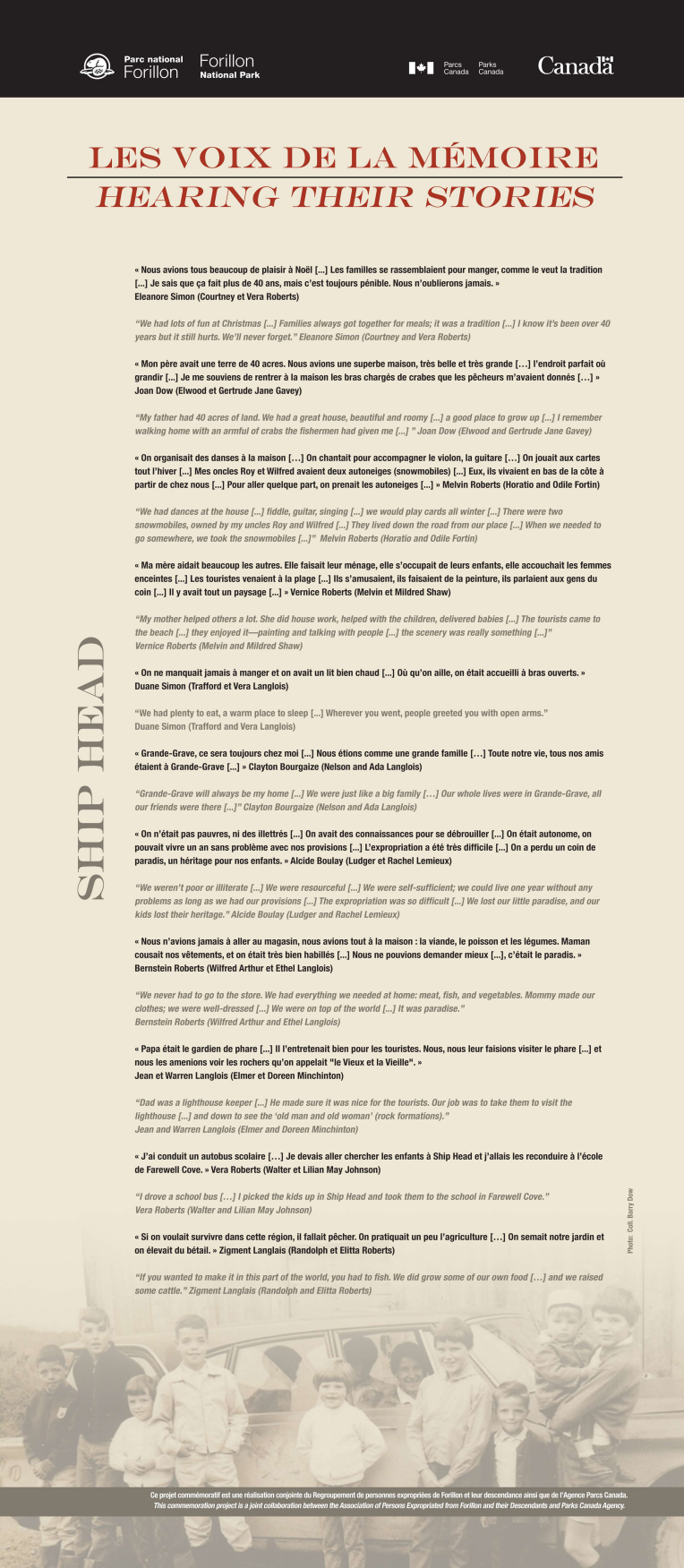
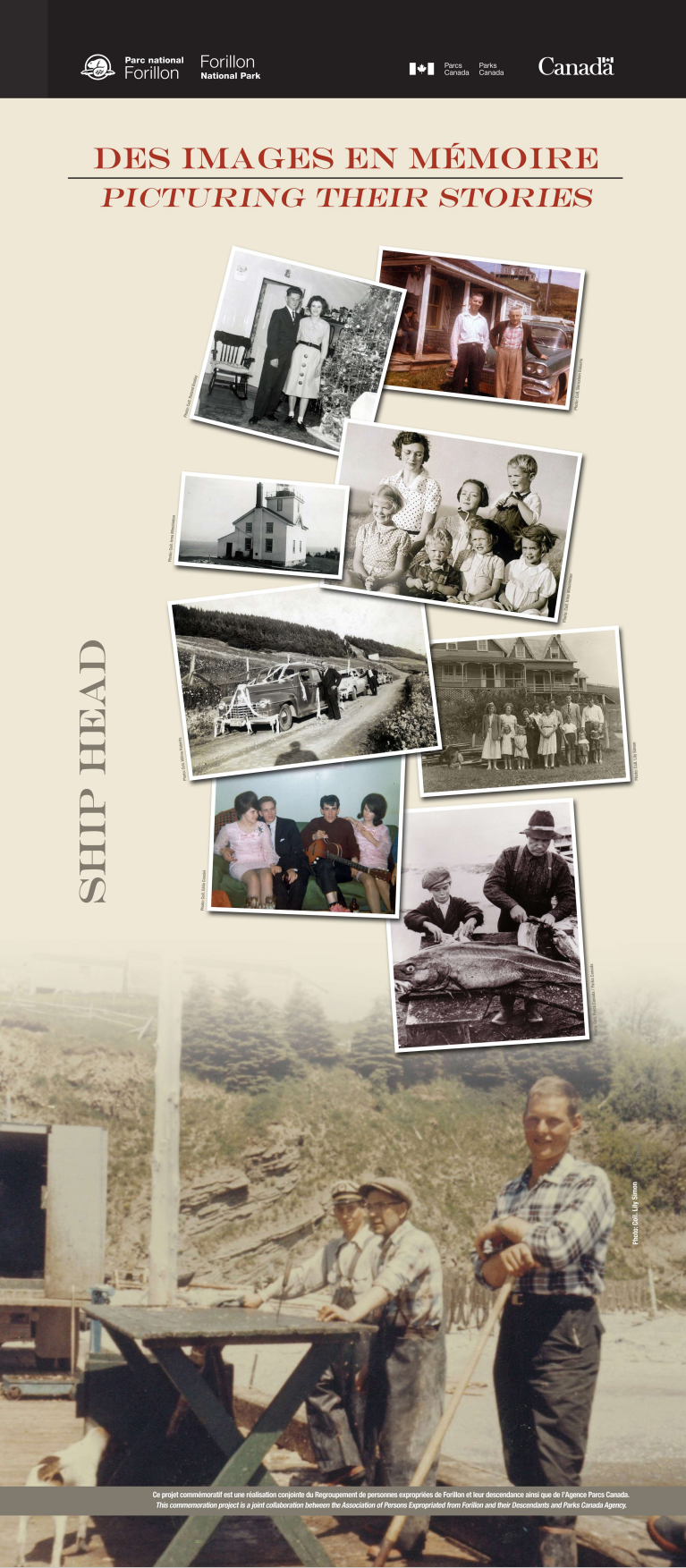
Grande-Grave
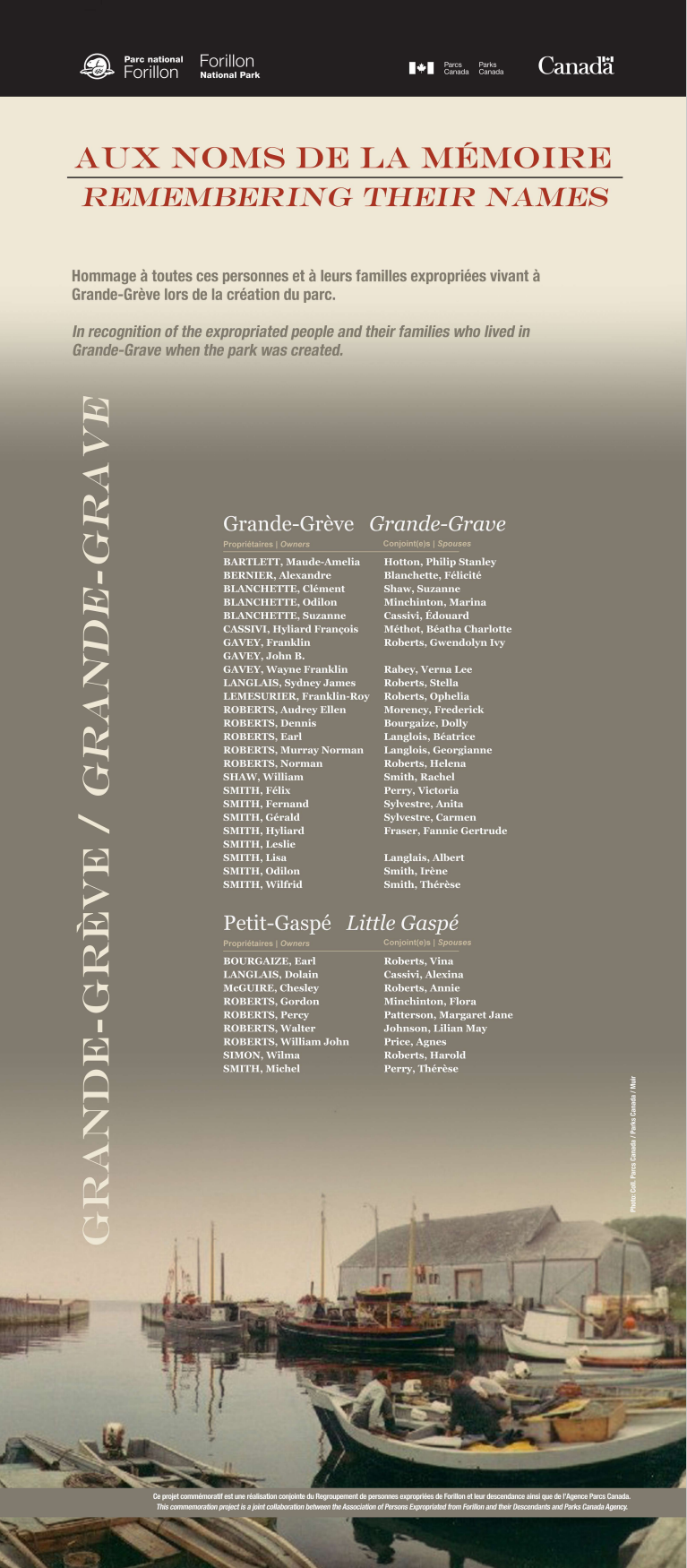
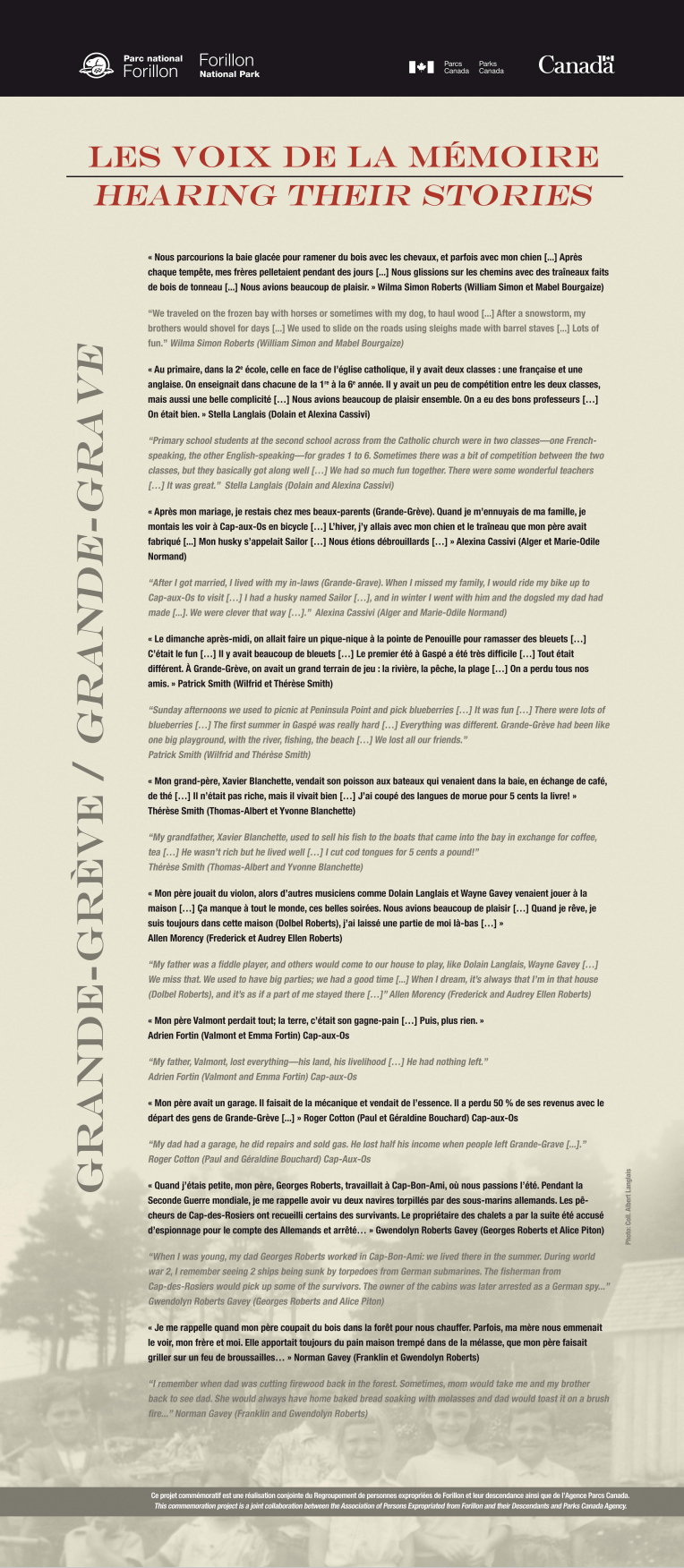
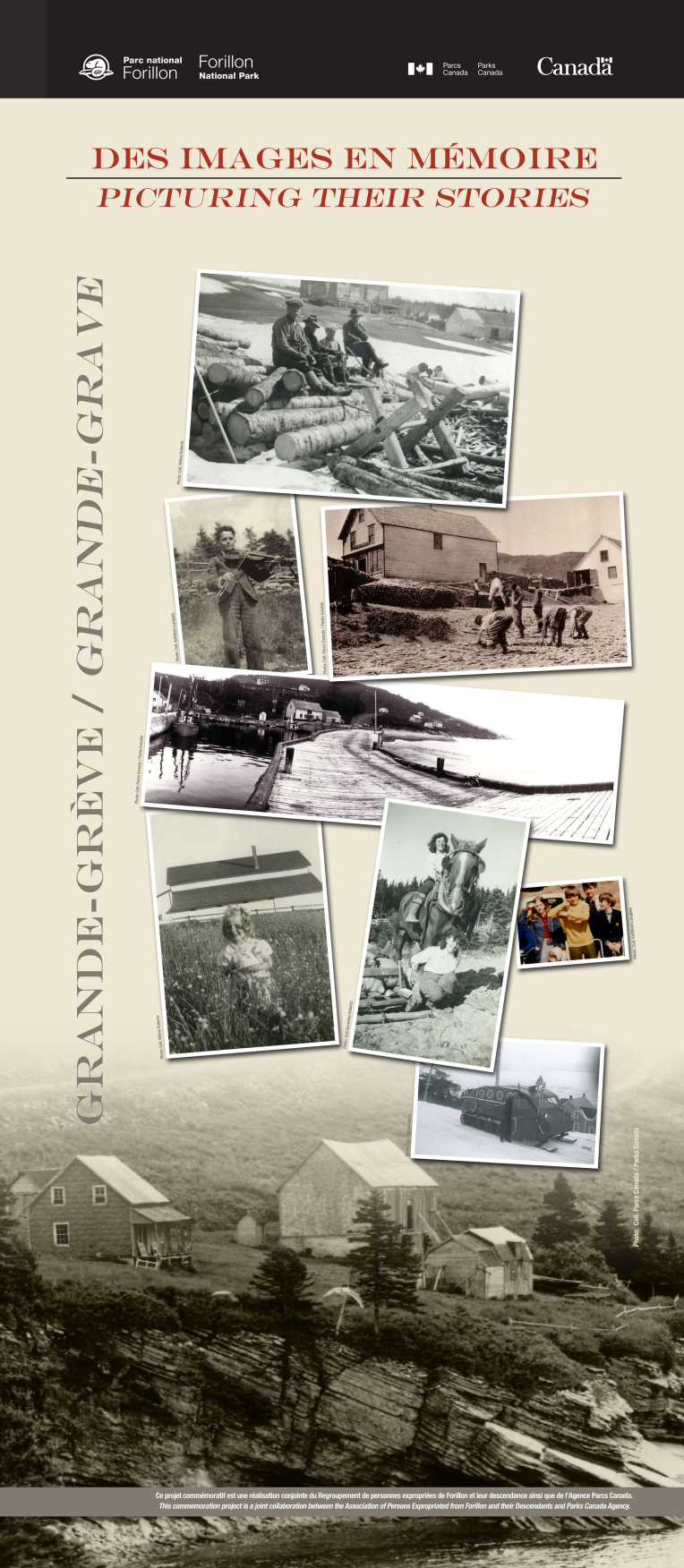
Rivière-Morris

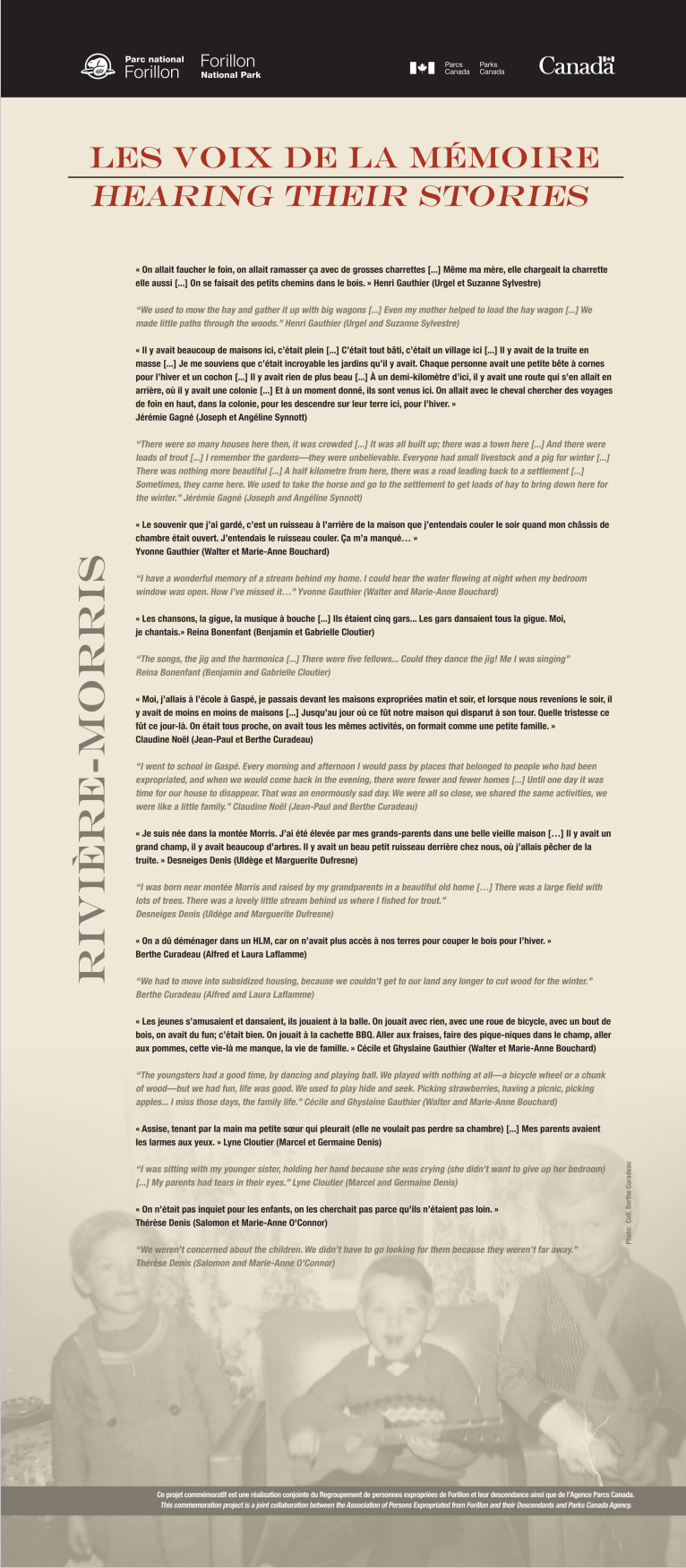
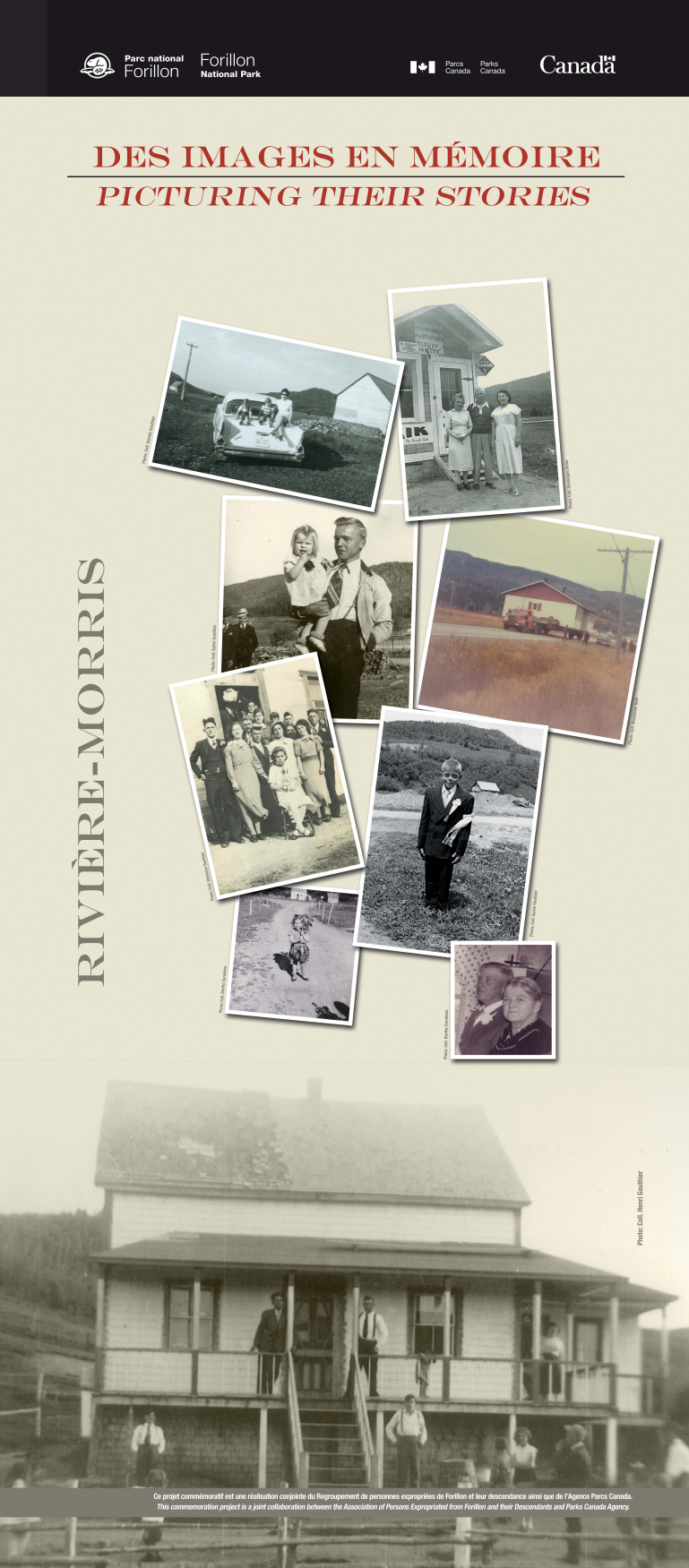
Peninsula
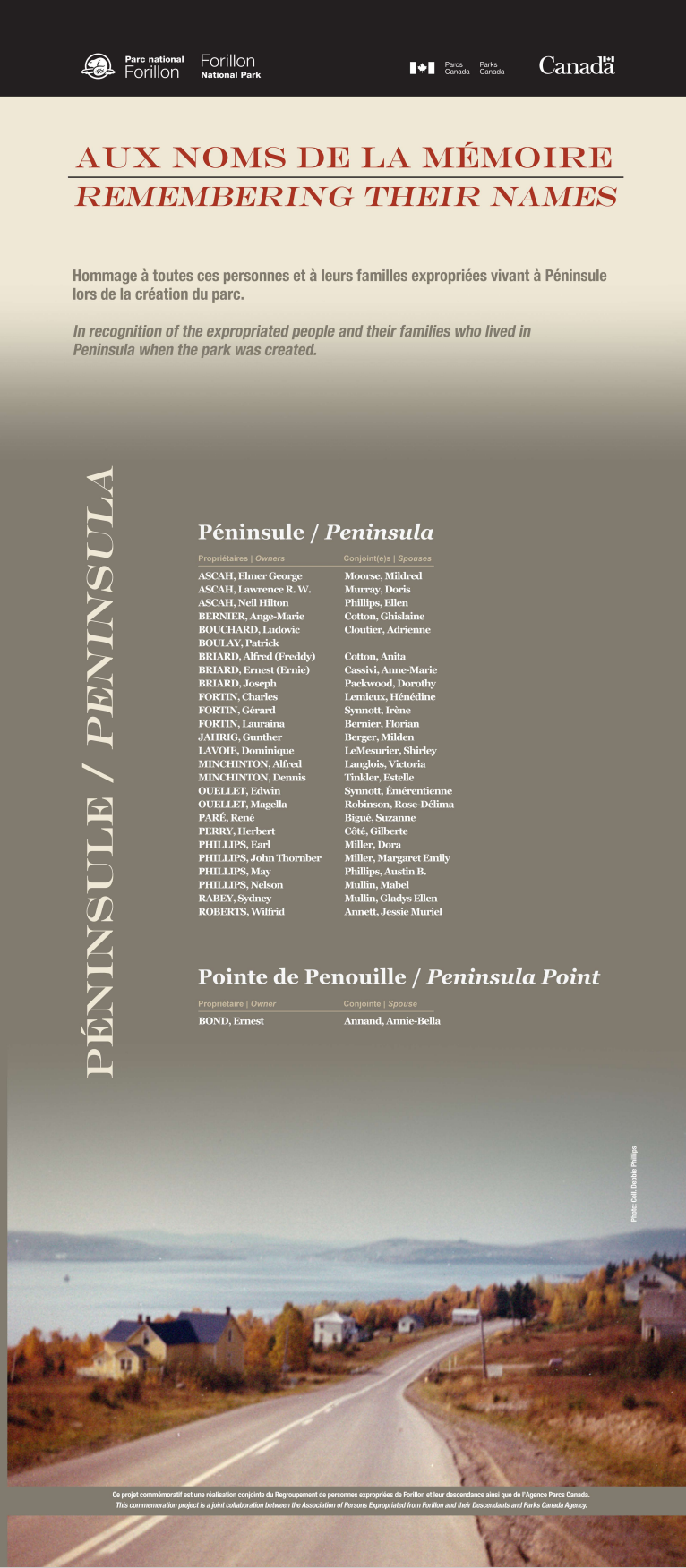
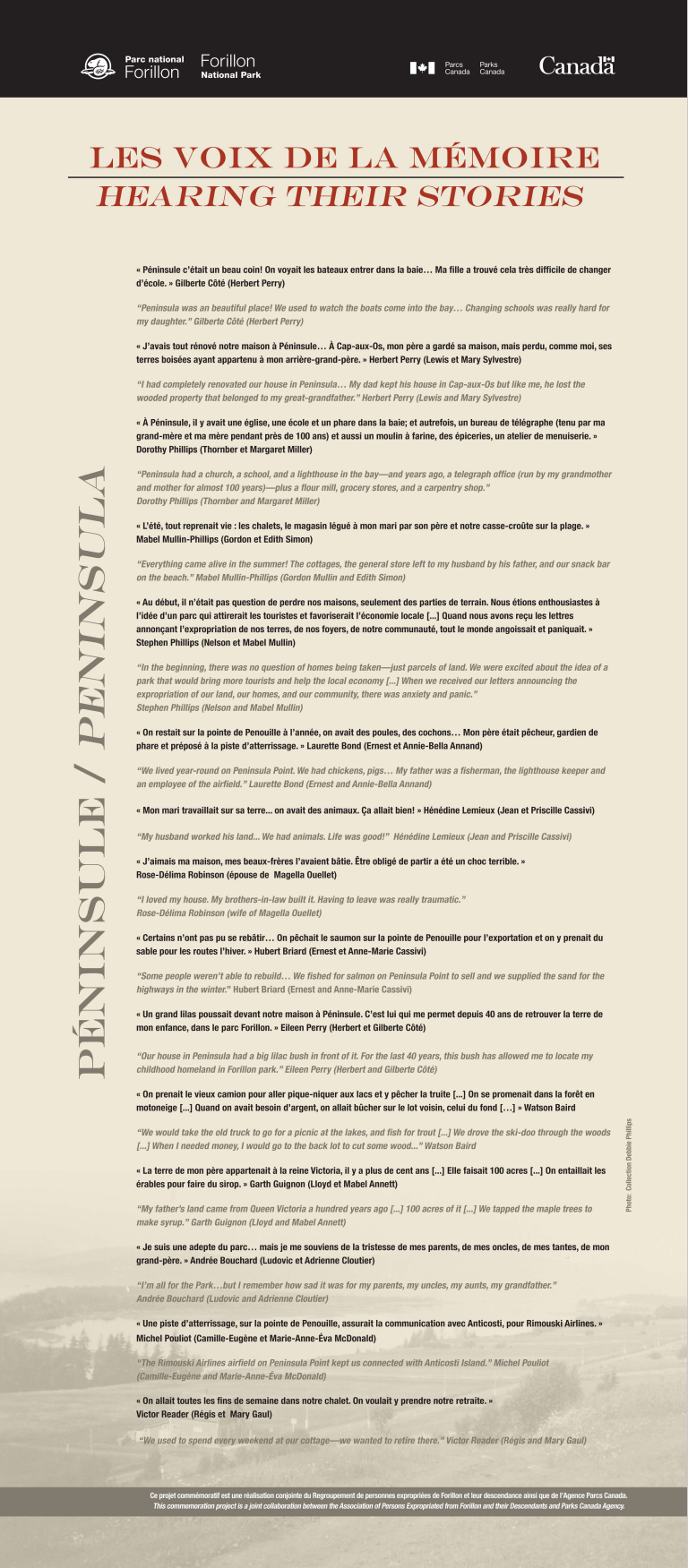
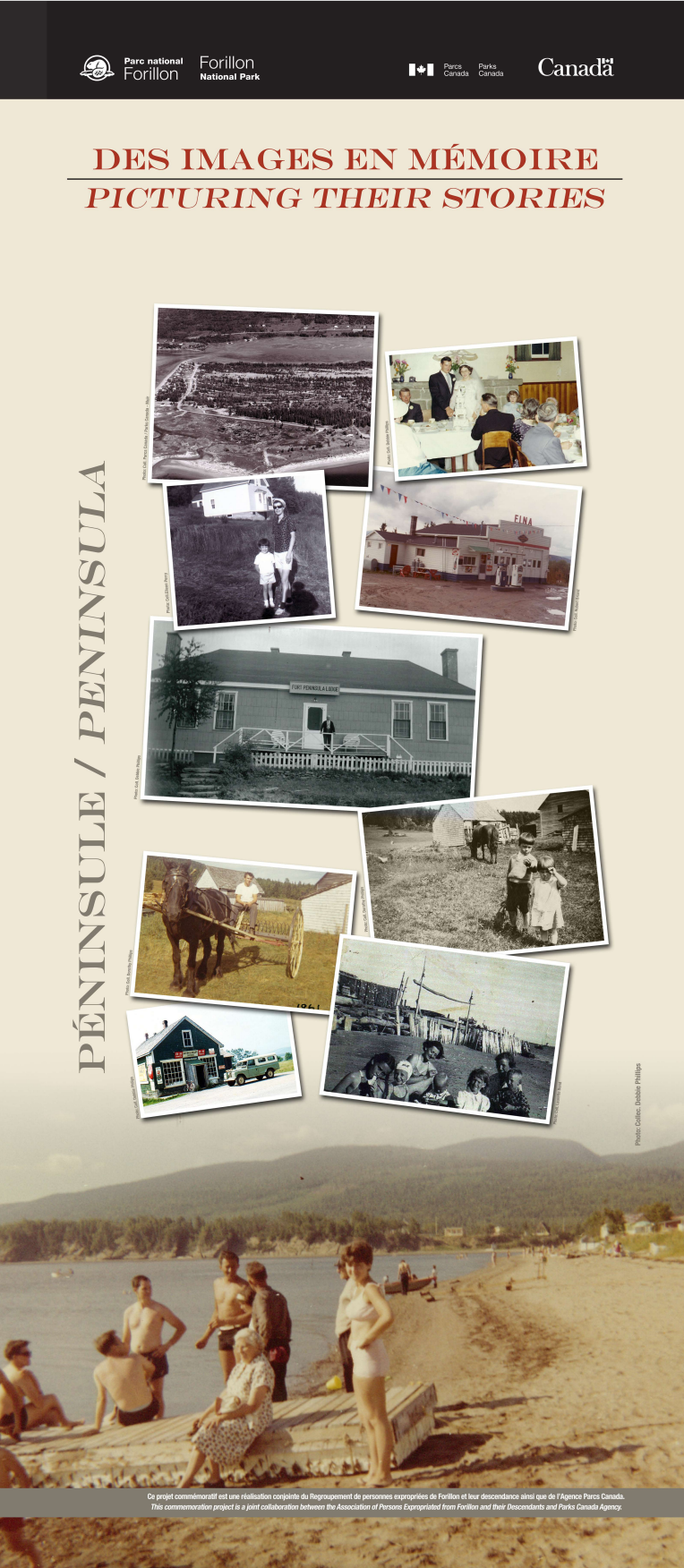
Proceeding in this manner leads to concrete actions that promote reconciliation by sharing leadership with local communities, and the results are mutually beneficial and more satisfying for everyone.
- Date modified :